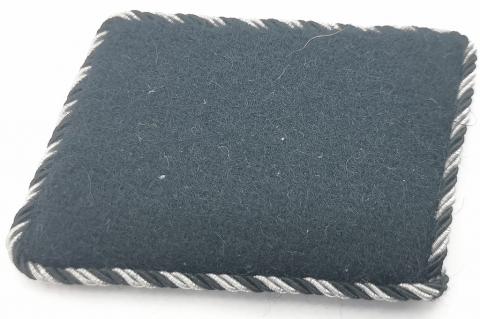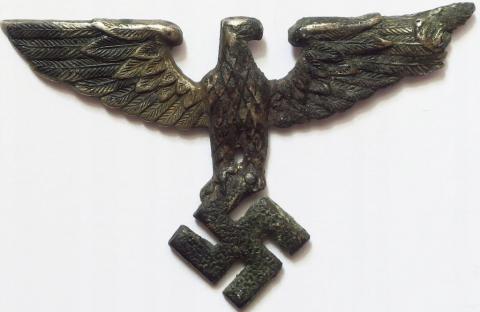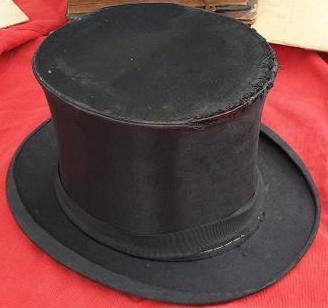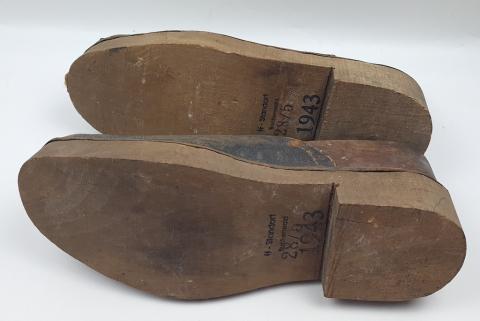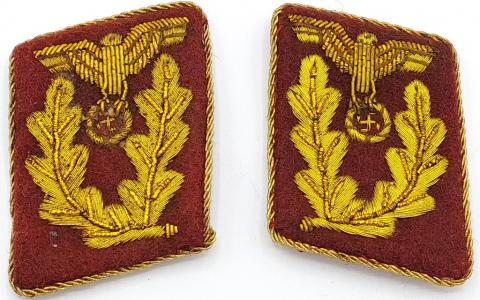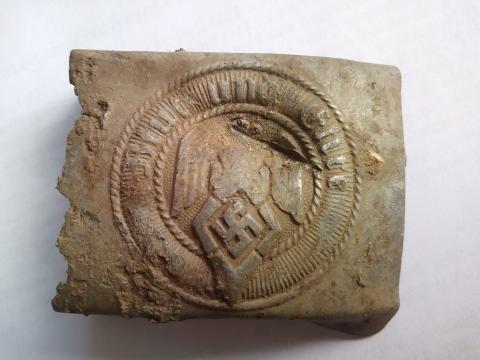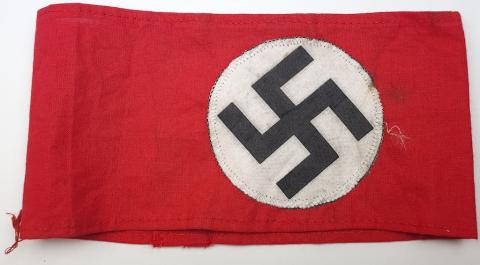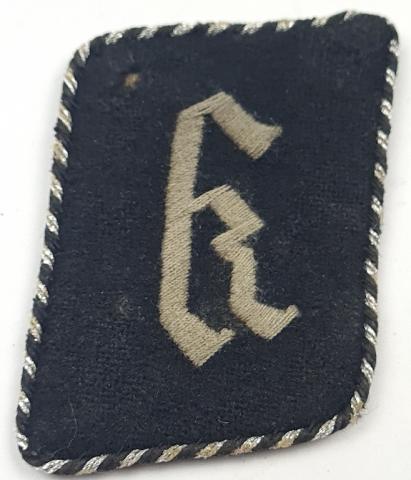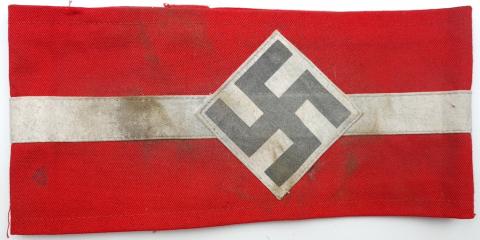ALLGEMEINE - SS RANK COLLAR TAB UNIFORM TUNIC WW2 GERMAN
The Allgemeine SS ("General SS") was a major branch of the Schutzstaffel (SS) paramilitary forces of Nazi Germany, and it was managed by the SS Main Office (SS-Hauptamt). The Allgemeine SS was officially established in the autumn of 1934 to distinguish its members from the SS-Verfügungstruppe (SS Dispositional Troops or SS-VT), which later became the Waffen-SS, and the SS-Totenkopfverbände (SS Death's Head Units or SS-TV), which were in charge of the Nazi concentration camps and extermination camps. SS formations committed many war crimes against civilians and allied servicemen.[1]
Starting in 1939, foreign units of the Allgemeine SS were raised in occupied countries. From 1940 they were consolidated into the Directorate of the Germanic-SS (Leitstelle der germanischen SS). When the war first began, the vast majority of SS members belonged to the Allgemeine SS, but this proportion changed during the later years of the war after the Waffen-SS opened up membership to ethnic Germans and non-Germans.

